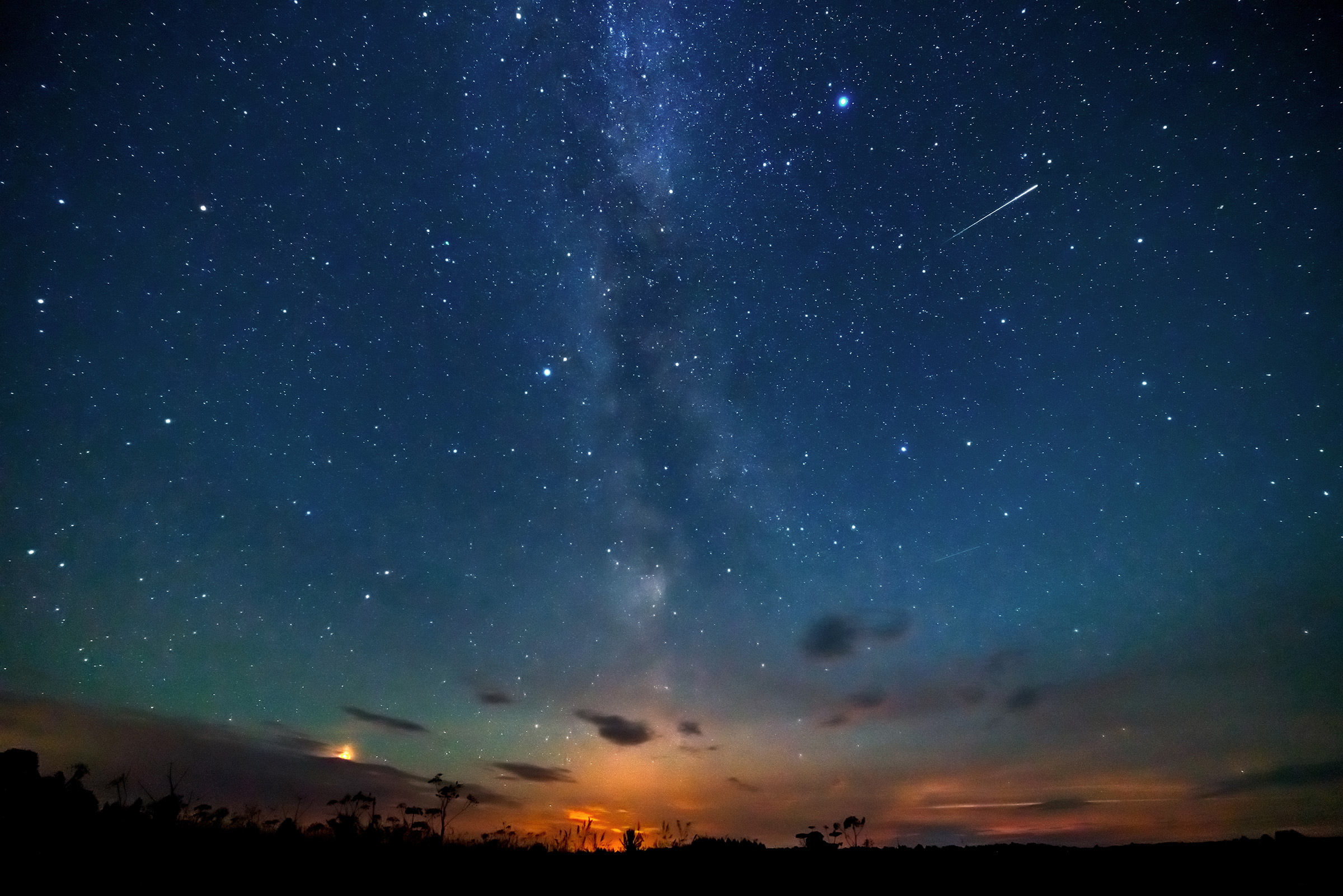Scientists found a graveyard of ancient stars hiding in the Milky Way
The Milky Way is not just home to our solar system, it’s also home to a graveyard of ancient stars, a new study says. Researchers published their findings on the graveyard in a paper featured in the Monthly Notices of the Royal Astronomical Society. In it, the researchers detailed the discovery of a massive graveyard of dead stars lying within the Milky Way and another mass of them outside of it.
The life cycle of stars has always been the same. They are born, they burn out, and they die. But, they don’t just vanish. Instead, their corpses are left to wander the Milky Way – or wherever they call home – for thousands, millions, and even billions of years. The discovery of this graveyard of ancient stars has finally given us a resting place for the massive stars that once called our galaxy home.
The scientists say that the massive stars that died in the Milky Way went supernova and then morphed into one of two different objects. Some had their outer layers blasted away, leaving the cores of the stars to turn into neutron stars, or they collapsed in on themselves, forming black holes. Together, the dead stars have created a beautiful, but startlingly huge graveyard of ancient stars.
To discover the massive graveyard, the researchers virtually rewound time to see how and when those early stars were born during the Milky Way’s growth. They used this timeline to create the first digital map of what is effectively our galaxy’s underworld. To make this possible, they observed the dead stars scattered around the galaxy and then tried to figure out when they were born.
While they discovered a large amount of the dead stars still residing within the Milky Way’s massive graveyard of ancient stars, around 30 percent of the rest of the dead stars are believed to have been expelled from the galaxy due to the force of their supernovas. Altogether, the sprawling necropolis is more than three times the Milky Way’s current height.
It’s possible that scientists could use telescopes like the James Webb space telescope, which has brought us some spectacular images of the Orion Nebula and other celestial objects to peer deeper into this graveyard of ancient stars. But for now, the research featured in the study is a starting point that should help get other scientists talking.
Looking for more space news? Skywatchers can peer into the sky later this month to view the annual Orionid meteor shower. Plus, scientists now say that climate change on Mars could have been caused by ancient microbes now burrowed deep below the surface.
The Milky Way is not just home to our solar system, it’s also home to a graveyard of ancient stars, a new study says. Researchers published their findings on the graveyard in a paper featured in the Monthly Notices of the Royal Astronomical Society. In it, the researchers detailed the discovery of a massive graveyard of dead stars lying within the Milky Way and another mass of them outside of it.
The life cycle of stars has always been the same. They are born, they burn out, and they die. But, they don’t just vanish. Instead, their corpses are left to wander the Milky Way – or wherever they call home – for thousands, millions, and even billions of years. The discovery of this graveyard of ancient stars has finally given us a resting place for the massive stars that once called our galaxy home.
The scientists say that the massive stars that died in the Milky Way went supernova and then morphed into one of two different objects. Some had their outer layers blasted away, leaving the cores of the stars to turn into neutron stars, or they collapsed in on themselves, forming black holes. Together, the dead stars have created a beautiful, but startlingly huge graveyard of ancient stars.

To discover the massive graveyard, the researchers virtually rewound time to see how and when those early stars were born during the Milky Way’s growth. They used this timeline to create the first digital map of what is effectively our galaxy’s underworld. To make this possible, they observed the dead stars scattered around the galaxy and then tried to figure out when they were born.
While they discovered a large amount of the dead stars still residing within the Milky Way’s massive graveyard of ancient stars, around 30 percent of the rest of the dead stars are believed to have been expelled from the galaxy due to the force of their supernovas. Altogether, the sprawling necropolis is more than three times the Milky Way’s current height.
It’s possible that scientists could use telescopes like the James Webb space telescope, which has brought us some spectacular images of the Orion Nebula and other celestial objects to peer deeper into this graveyard of ancient stars. But for now, the research featured in the study is a starting point that should help get other scientists talking.
Looking for more space news? Skywatchers can peer into the sky later this month to view the annual Orionid meteor shower. Plus, scientists now say that climate change on Mars could have been caused by ancient microbes now burrowed deep below the surface.
